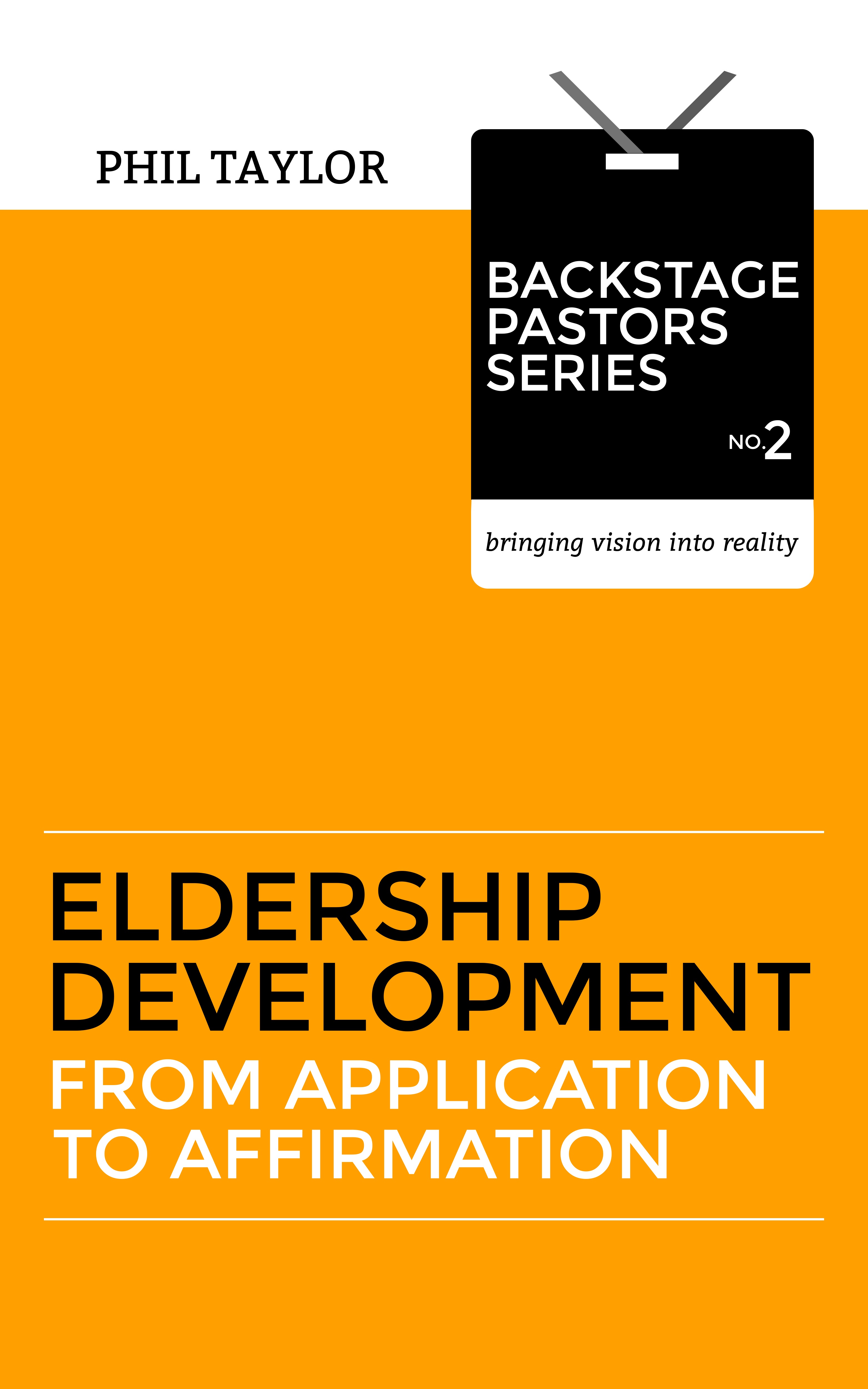It’s a noisy world, isn’t it?
And I do not mean the noise that occurs from that which we call progress: transportation, production, and commerce.

No, I am referring to the noise of all the words we hear everyday. As I wait for flights at an airport, there is always this low murmur of hundreds of voices all mingling at once. And not one discernible conversation among all of the voices around me.
Just look at the recent elections and you’d find political advocates and adversaries with many words but not much to say.
And I love doing light work on my laptop with what in the background? The sound of a basketball or football game playing.
You know…background noise. That white noise that helps block out what would otherwise be distractions around me. Noise cancelling out noise. Interesting how words can be used.
What is it about an effective speaker?
In a world of many words, I truly appreciate that person, though, who is able to draw me into their world and articulate a message that has power spoken with passion. And I want to be that type of speaker.
I remember one of my work associates back when I taught on the college scene. I used to travel with him to conferences where we would speak and I remember sitting in on some of his workshops. There was something about him that he could weave a topic together in a seamless fashion and force you to walk away changed, or at the very least, reconsider a perspective.
Articulate. Lack of verbal clutter. Passion. Relevance. Bulls-eye. I frequently tried to boil down what it was that made him successful and engaging. I wanted it for myself and tried to emulate his strategies.
Simply using words does not make you an engaging speaker any more than holding a ball makes you a great athlete. In an age where speaking over the top of your opponent has become too commonplace, and where interrupting and arguing is centerstage, it appears that the art of speaking well has become…well…a lost art.
I was listening to a TED talk the other day during my lunch break and I heard four tips that make for authentic speaking and, in turn, authentic listening that leads to change. Engaging-type leadership will always be in vogue, and the leader who is an articulate and compelling speaker is a rare two-edged sword.
I believe that speaking well is a skill set that can be improved with practice. And as I listened to my TED talk, there were only four points. But they were simple, and at the end, I resonated with his message. And the reason that I did was because as I think back to any compelling message I have heard, they all had these four components in common. I just did not always see them for what they were.
Principles to Gain Clarity
Just one idea…please
Ugh. It really grates on me when people feel like they have to overflow too many ideas at one time. Eating is not pleasant when you have to scarf down a meal; drinking is not pleasant when you have to consume a large beverage all at once; and neither is listening pleasant when you have to consider too many ideas at once.
The first principle of speaking is to have one key idea, one big concept, in which you can share context and to which you can attach examples. Change usually occurs not in the proliferation of ideas but in identifying with one main point – and that singular and focused thought then compels me to action.
Overuse of ideas only ensures that your listener will probably walk away with some mental clutter. Many ideas but not sure of the one on which to attach.
Why should I care?
The second principle of speaking effectively is to give your listeners a reason to care.
I am willing to consider change or a different course of action when I am shown that there is a gap between where I am versus where I want to be. If I think I am in a good state, why do something different? But if I can be shown that my life has some disconnect, and the speaker can create a bridge over that disconnect, then you’d better believe I am going to listen.
I love to mountain bike, but in Wisconsin, I can only ride for about 5-6 months out of the year because the other half has snow and ice on the ground.
Then my friend gets a fat tire bike. A fat tire bike looks like a mountain bike but its tires are about 4.5 inches wide and so it can ride through snow in amazingly fun ways. I love to mountain bike, I cannot mountain bike in the winter, and then I am shown how to bridge that gap – with a fat tire bike.
And so I bought me a used bike and now can bike year round. My friend answered the question for me of “why should I care?”
The best technique for creating that gap is to ask questions. Ask intriguing questions that help build curiosity and what could be. Don’t just take a listener to the destination. Lead them by using questions and allow them to come to that same destination.
Your supporting cast
I was in California earlier this year and I went to my cousin’s church. As I listened to the message, the pastor really impacted me with a point because of a compelling and relevant story that he told to allow his point to “take on flesh.”
We can get so caught up in our ideas but then cause our listeners to stumble because we are not using their language. There is not a flaw in the message. Rather, there is a flaw in the technique.
And so the third principle is have your idea supported in ways that bring about clarity and understanding for the listener.
Stories, examples, visuals, and metaphors, all give life to an idea. I want my listeners to have “Aha!” moments and I help do that when I am able to paint my picture in their minds. In other words, build your ideas with concepts that have a familiarity with your listeners…not just to you.
Jesus was a master at this.
The kingdom of heaven is like this shepherd who has a lost sheep and expends all his energy and attention finding this one sheep. Why? The sheep is valued. The sheep is loved. The people in that day connected to shepherds and sheep.
Stories and examples, similes and metaphors, should serve one purpose: clarity of understanding. Unfortunately, too many stories are told for the story’s sake instead of building bridges between ideas.
What’s in it for me?
And finally, the fourth principle is that your idea, to be compelling and impactful, must have a benefit to the one listening. In other words, make your idea or concept worth sharing! Information in and of itself does not change me. It is when the idea inspires me, challenges my assumptions, or modifies a perspective that it truly has value.
Why? Because it benefits me.
In an attempt to just “get it out there,” we fail to do our homework and actually articulate even one benefit for the listeners.
In other words, you are looking for a takeaway that becomes an action item, a spurring to change, or a conclusion to be considered.
I love the simplicity of these four principles yet the power that is contained in them. I have a challenging time with the “15 Steps to Influential Speaking” types of motivation. But I can digest four quite easily.
And here is the takeaway for you. Perhaps you think these only apply if you speak publicly or give workshops. Not at all.
As I said before, these work in larger contexts or in the one-on-one coffee shop meet-ups.
How?
Think of how discipleship works. One of the reasons to encourage or edify another is because there exists at times an enormous gap between where your friend is and where he or she wants to be. And then you use stories from your own life to show the value of listening and obeying God’s word. You do not give your friend 23 ideas to try out. You offer them one that has worked effectively for you and then give them a reason to care about change in their life.
And do not think of these as “four steps to…” or “4 ways to….” These are a powerful package that, when used over time, help you to be a more engaging, impactful, thought-provoking speaker or friend. And you will find that, over time, they become part of who you are.
In a sense, I want to be like that picture above, where one single drop creates change and movement in all directions. It is what we call “the ripple effect.”
Give these some practice and see if they can help you bring clarity to your own speaking or conversations.










